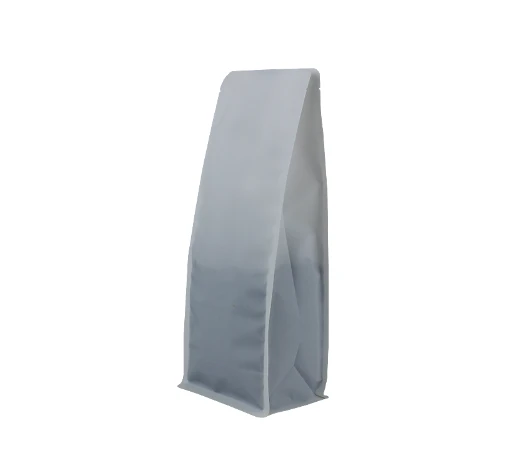- Afrikaans
- Albanian
- Amharic
- Arabic
- Armenian
- Azerbaijani
- Basque
- Belarusian
- Bengali
- Bosnian
- Bulgarian
- Catalan
- Cebuano
- chinese_simplified
- chinese_traditional
- Corsican
- Croatian
- Czech
- Danish
- Dutch
- English
- Esperanto
- Estonian
- Finnish
- French
- Frisian
- Galician
- Georgian
- German
- Greek
- Gujarati
- haitian_creole
- hausa
- hawaiian
- Hebrew
- Hindi
- Miao
- Hungarian
- Icelandic
- igbo
- Indonesian
- irish
- Italian
- Japanese
- Javanese
- Kannada
- kazakh
- Khmer
- Rwandese
- Korean
- Kurdish
- Kyrgyz
- Lao
- Latin
- Latvian
- Lithuanian
- Luxembourgish
- Macedonian
- Malgashi
- Malay
- Malayalam
- Maltese
- Maori
- Marathi
- Mongolian
- Myanmar
- Nepali
- Norwegian
- Norwegian
- Occitan
- Pashto
- Persian
- Polish
- Portuguese
- Punjabi
- Romanian
- Russian
- Samoan
- scottish-gaelic
- Serbian
- Sesotho
- Shona
- Sindhi
- Sinhala
- Slovak
- Slovenian
- Somali
- Spanish
- Sundanese
- Swahili
- Swedish
- Tagalog
- Tajik
- Tamil
- Tatar
- Telugu
- Thai
- Turkish
- Turkmen
- Ukrainian
- Urdu
- Uighur
- Uzbek
- Vietnamese
- Welsh
- Bantu
- Yiddish
- Yoruba
- Zulu
Exploring the Benefits and Applications of Structural Gussets in Engineering Design
Gussets The Unsung Heroes of Structural Engineering
In the intricate world of engineering and architecture, every component plays a vital role in ensuring the stability and integrity of a structure. Among these components, gussets remain one of the most understated yet crucial elements — often overlooked by the untrained eye but essential for the seamless interplay of forces in various structures. This article delves into the concept of gussets, exploring their definitions, applications, and significance in engineering.
Understanding Gussets
A gusset is a structural element typically made from plate steel or other materials, designed to strengthen and reinforce the joints where beams, trusses, or other components intersect. By redistributing loads and enhancing the rigidity of these critical junctions, gussets help to prevent structural failures that could arise from excessive bending, shear, or torsional stresses.
Gussets can take various forms, including triangular, rectangular, or even circular shapes, depending on the specific application and design requirements. The triangular gusset, for instance, is particularly favored for its ability to efficiently transfer forces and provide support. By creating a triangulated system, engineers can effectively manage loads and enhance the stability of structures.
Applications in Engineering
The applications of gussets are widespread across different fields of engineering. In the realm of civil engineering, for instance, gussets are often found in the construction of bridges, where they are used to connect beams and trusses, ensuring that the entire structure can withstand the dynamic forces imposed by vehicles and environmental factors.
In structural steel design, gussets are commonly employed in the design of frames and trusses. By reinforcing connection points, they allow for lighter structural components while maintaining the necessary strength and durability. This aspect is particularly important in skyscrapers and other tall buildings, where weight reduction is paramount to improve efficiency and reduce costs.
Gussets also play a pivotal role in mechanical engineering
. In machines and equipment, they are used to reinforce joints and increase the strength of frames, contributing to the overall safety and reliability of the product. Moreover, in aerospace engineering, gussets are crucial components in aircraft design, where they provide the necessary structural support while minimizing weight.gussets

The Importance of Gussets in Safety and Reliability
The importance of gussets cannot be overstated when it comes to the safety and reliability of structures. Their strategic placement at joints allows for better load distribution, leading to enhanced overall performance. In cases where structural failure occurs, it is often traced back to a weak joint or connection. By employing gussets, engineers can significantly reduce the likelihood of such failures.
In recent years, advancements in materials science have led to the development of high-strength materials that can be used to create gussets with improved performance characteristics. For instance, the advent of composite materials has allowed for lightweight and highly durable gussets, making them even more effective in various engineering applications. This innovation minimizes the overall weight of structures while maximizing strength.
Future Prospects and Innovations
As the field of structural engineering evolves, so too does the role of gussets. With the ongoing push towards sustainable and efficient designs, there is a growing interest in using advanced materials and innovative designs to enhance gusset functionality. Techniques such as 3D printing are beginning to emerge, allowing for the customization of gussets to meet specific design requirements while maintaining optimal strength-to-weight ratios.
Furthermore, the integration of technology in design processes, including Building Information Modeling (BIM), allows for more precise calculations and simulations of how gussets will perform under various conditions. This data-driven approach not only aids in minimizing potential failures but also streamlines the construction process.
Conclusion
In conclusion, gussets exemplify the importance of seemingly small components in the grand scheme of structural engineering. Their ability to reinforce connections and distribute loads makes them essential for the safety and reliability of various structures, from bridges to skyscrapers and beyond. As technology continues to advance, the future of gusset design holds promise for even greater innovations, ensuring that these unsung heroes of engineering will continue to play a critical role in the creation of safe and efficient infrastructures. Understanding and appreciating the complexity and utility of gussets is essential for anyone involved in the fields of engineering, architecture, and design.













